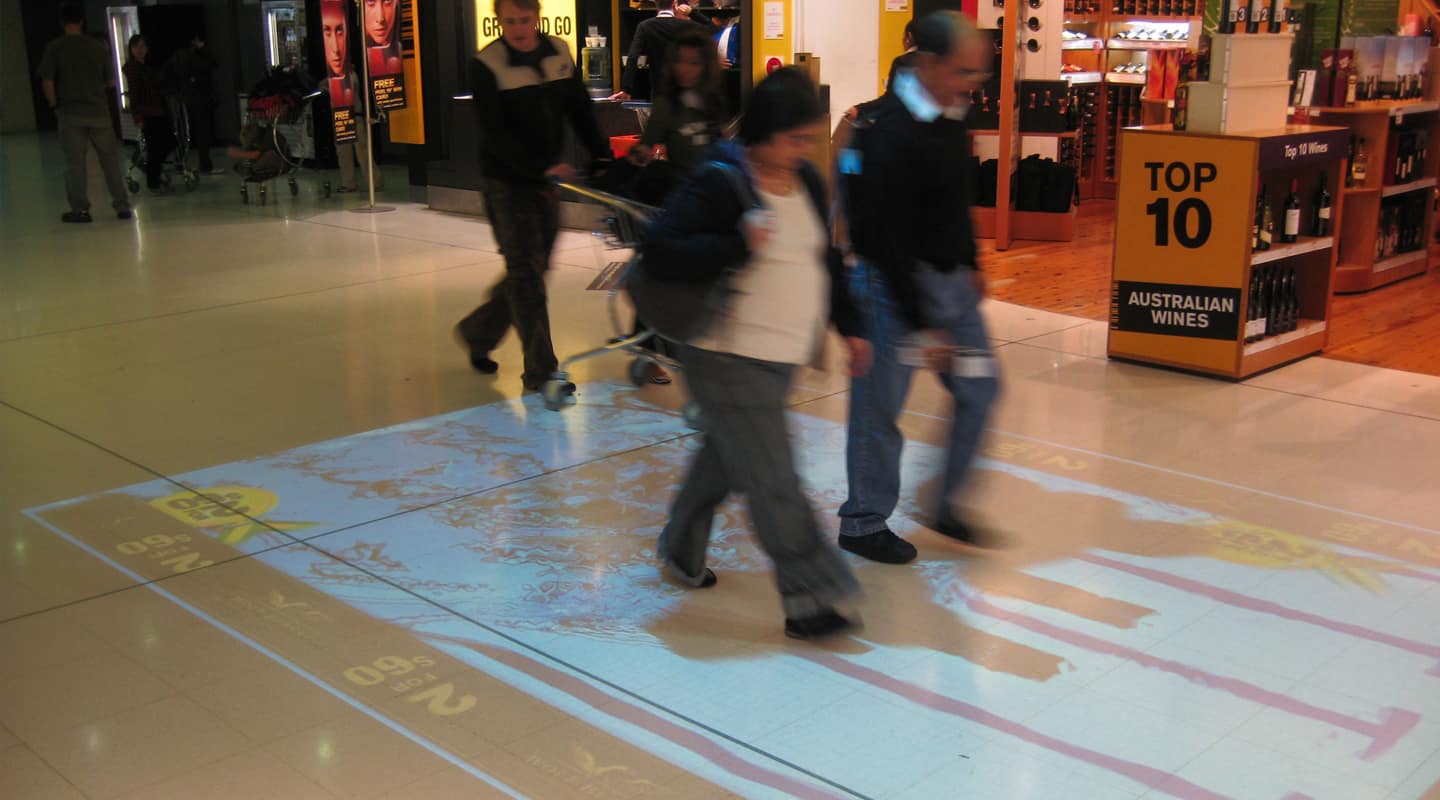
Interactive Projection
Why just look when you can ‘touch’?
Text:/ Tim Stackpool
If you haven’t already seen it, you have no doubt heard about it. Interactive projection technology is still awaiting a savvy name [iProTech? — Ed™.], but current deployments are far reaching, from retailers all the way through to museums, where invisible technology reacts to the environment around it. Commercial developers of the technology such as Eyeclick, Impressx and ADVIS (marketed as Luminvision in the UK) are well entrenched in overseas markets, while local installer InMotionMedia boasts more than 50 installations in Australia — some permanent, some for special events.
In basic terms, interactive projection is digital signage that transforms depending on how a person touches, kicks or moves in the vicinity of the signage. And, of course, all this is without the need for buttons, mouses or pressure-sensitive surfaces. The buzz phrase is ‘motion sensitive signage’. Most installations consist of some type of image projection, which typically can be onto walls, floors or glass. For example, in a thoroughfare where the image of a fish tank is projected onto the floor, people walking across it produce waves and ripples in the virtual tank. More simply, the technology can be used to create interactive touch ‘screens’, without the actual need for a screen. The motion sensitivity is achieved by a video camera working in tandem with the projected content, feeding back the live image data to a controlling processor.
InMotionMedia’s Managing Director Yair Aviad exclusively uses the Eyeclick software in Australia and believes it has clear advantages over other technology. “The detection and response of the system is very natural and very reliable to run on a daily basis,” he said. “We have units running in Australia that have been performing for a year, seven days a week completely automatically with virtually no maintenance.”
EYECLICK — HOW IT WORKS
Each Eyeclick system fundamentally comprises a neatly suspended high-grade multimedia commercial projector, a high-end media computer and a CCD infra-red sensitive camera with an adjacent infra-red emitter. The system detects movement via the CCD camera highlighted by the infra-red emitter. These movements are interpreted as a computer mouse movement and the system responds by making changes to the projected image as it falls on the floor, wall or glass window. Additionally, the movement detection and subsequent reaction within the projected image is multipoint sensitive, meaning the system will react irrespective of from where on the target it receives the stimulus, or how many different areas are stimulated simultaneously.
According to Aviad, each client has different production requirements and he prefers a pre-installation period of about three to four weeks for development.
Many people are involved in the production including Flash designers, creative agencies and animators. Clients are spread across special event producers, advertising agencies and direct corporate clients.
Although the hardware requirements behind the magic are minimal, some installations have been particularly challenging. “We did an outdoor installation where the projector was elevated eight metres above the floor. However, our setup had to take place during daylight hours, with the projected image falling on a surface in direct sunlight — very difficult to see the image. But after sunset, the system worked perfectly,” said Aviad.
InMotionMedia’s service includes standard built-in effects that can be combined to create a unique experience, or customised effects incorporating company logos and video can be designed locally. “For retail and window-type displays, you can display regular computer software,” said Avaid. “This allows the customer to select the interactive components of an application by using their hand or a finger as a mouse movement.” InMotionMedia’s installations include dancefloors, conventions and exhibitions, and shopping centres.
Given that versatility, there are three basic configurations within the Eyeclick system. Eyestep combines the human body motion as described with standard surfaces such as plain walls, tables, windows and floors. EyeTouch however, is customised for use on vertical glass surfaces, where the user can interact with traditional looking digital signage. Instead of a traditional monitor, the EyeTouch system merely requires a rear projection film applied to the inner side of a window as well as the regular camera sensor array. Another version, EyeBoard, is designed for tabletop applications. Using an internal projector placed underneath the table pointing upwards towards the table’s translucent surface, it detects users touching the display as well as objects placed on the table such as mugs, plates or hands. Architecture and building firms for example, could use this system to build 3D renders of building designs with their clients. Retail customers could mix and match fashion items. Finally, EyeControl allows all publicly deployed systems to be controlled from a single workstation anywhere in the world. It also reports statistical information and feedback regarding the effectiveness and type of user interaction.
For implementation in a short time-frame, Eyeclick can supply an array of templates for virtually any application. Holiday, Christmas, Sports, Shopping are all covered. Most ‘experiences’ are presented within a foreground/background configuration, with the foreground element representing the most interactive dynamics. The reactive foreground template elements include such things as soccer balls, roses, computer keyboards and corporate logos can also be imported. Backgrounds are generally made up of client messages revealed by the interactive dispersion of the foreground. In this way, most client requests can be quickly incorporated.
Internationally, one astoundingly superb example of interactive projections is deployed at Herculaneum’s Virtual Museum of Archaeology (MAV) in Italy.
“”
This is the aim of the technology. You get its presence but you don’t see it. Technology has to prompt curiosity, but remain discrete
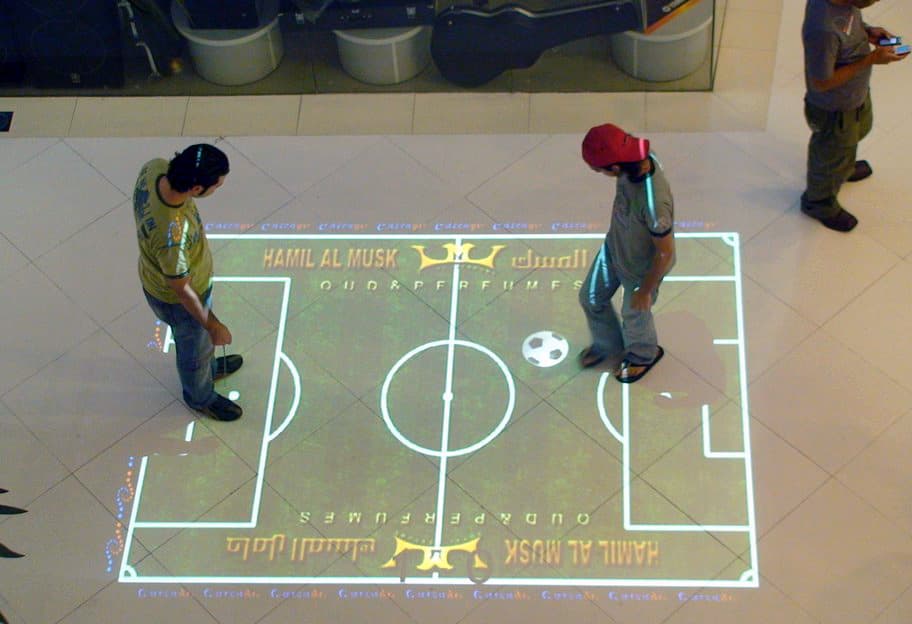
HERCULANEUM TASK
The town of Herculaneum was destroyed in 79 AD when the eruption of Mount Vesuvius encased it in scalding ash, killing those trying to flee, and preserving under 25 metres of debris some of the finest examples of private Roman villas, now excavated. The MAV, however, contains no actual relics of the natural disaster. Instead, it uses interactive projection technology to take the visitor on their own voyage of discovery. For example, waving your hand across a large projected ‘window’ removes the condensation to reveal typical reconstructed 1st-century Roman baths. Walking along a ‘dust’ covered pathway scatters the virtual debris to reveal intricate projected ceramic mosaics. Authorities hope the damage caused by tourists trampling through the actual ruins can be minimised by re-focusing attention to the techno-savvy MAV. The museum has no security guards, no ‘Do Not Touch’ signs. Further enhancements to the experience are achieved by RFiD tags presented to visitors on arrival, distinguishing between adults and kids. The exhibits respond accordingly.
Beyond the sheer brilliance of the installation, the museum was wary of mistakenly making the projection technology the centrepiece. Gaetano Capasso, concept developer for MAV, told the BBC, “the big difference with our museum is that the technology is transparent and invisible. This is the aim of the technology. You get its presence but you don’t see it. Technology has to prompt curiosity, but remain discrete.”
And it’s this same philosophy that drives advertisers and event producers to the medium with little reservation. There’s no point in the public ‘playing’ with the technology if the message is lost in the process. It’s easy to detect a trend in the public use OF projection in this country: the focus of attention is on the image, rather than on the projector itself. Images projected onto the floor, for example, command the attention of ‘participants’ who are continuously looking downwards at the image, rather then skywards, towards the source of the technology. This focuses attention on the branding message, rather than elsewhere, such as on billboards or pillar posters.
Future enhancements to the technology include the introduction of non-traditional mediums such as smoke, to be used as a projection surface. This ultimately gives the participant the ability to rotate 3D type holograms in free space.




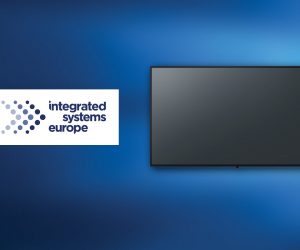

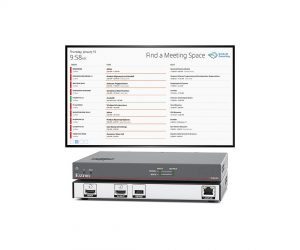

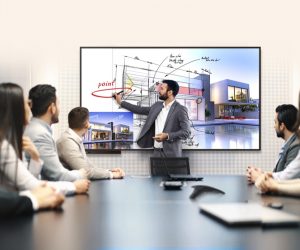
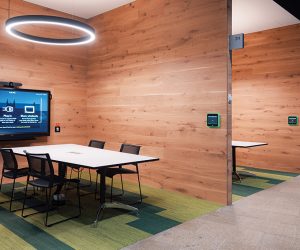

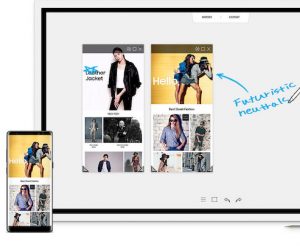

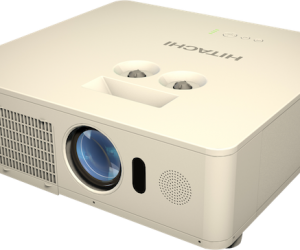
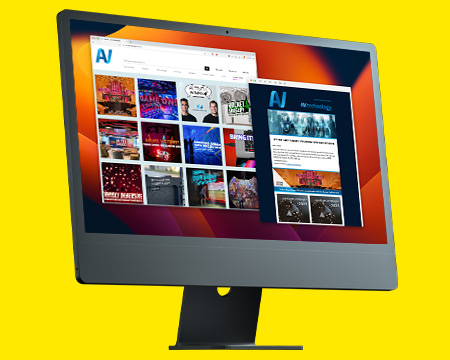

RESPONSES